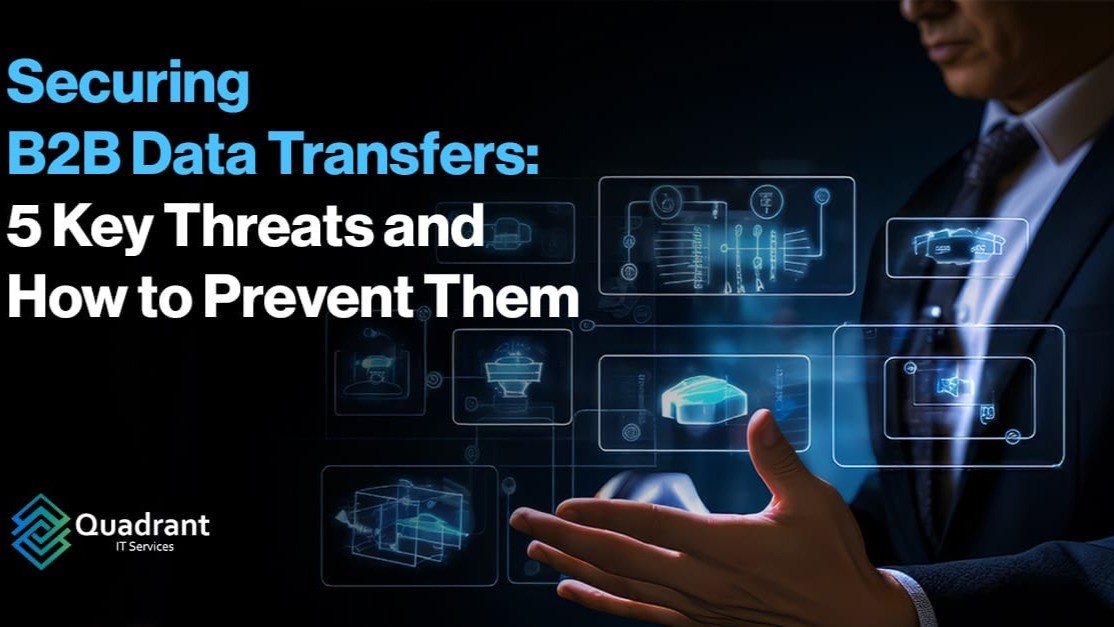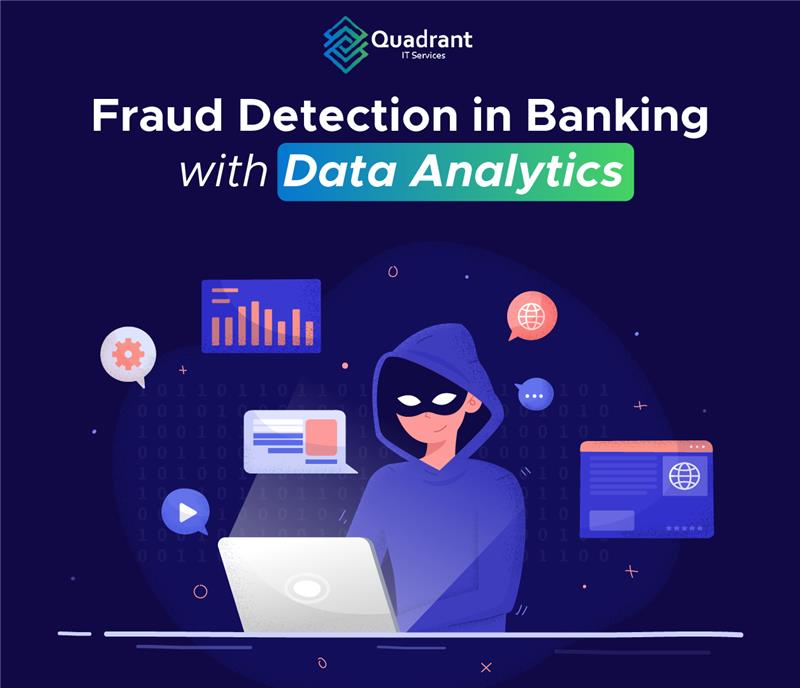Securing B2B Data Transfers: 5 Key Threats and How to Prevent Them
As digital ecosystems expand, secure B2B data transfers are no longer a convenience but a necessity. Businesses across industries exchange sensitive information such as contracts, financial records, intellectual property, and customer data on a daily basis. A single vulnerability in this data exchange process can lead to data breaches, legal consequences, operational downtime, and irreversible damage to business relationships.
According to IBM’s Cost of a Data Breach Report 2023, the average cost of a data breach reached USD 4.45 million, with the most frequent initial attack vector being compromised credentials and misconfigured systems. These figures highlight the importance of fortifying every touchpoint in your file transfer workflows.
Below are the five most critical threats facing B2B data transfers today, along with practical and proven strategies to protect against them.
- Man-in-the-Middle (MitM) Attacks
A Man-in-the-Middle attack occurs when a third party intercepts the communication between two systems, often without either party knowing. This type of attack can result in stolen data, unauthorized modifications, or injected malware during the transfer.
These attacks are particularly dangerous in B2B environments where sensitive data is regularly exchanged. If organizations are using unencrypted or poorly secured channels, attackers can easily capture confidential information in transit.
How to Prevent It:
- Always use secure transfer protocols such as SFTP (Secure File Transfer Protocol) or HTTPS with TLS 1.2 or higher.
- Implement end-to-end encryption to protect data from the point it leaves one system until it is received by another.
- Use digital certificates and SSL/TLS validation to authenticate endpoints and prevent impersonation.
According to Verizon’s 2023 Data Breach Investigations Report, 35 percent of breaches involved some form of man-in-the-middle exploitation or packet interception. Strong transport-level security is not optional, it is foundational.
- Phishing and Social Engineering
Phishing remains one of the most prevalent methods used by attackers to infiltrate enterprise systems. In a B2B context, cybercriminals often impersonate vendors or partners to gain access to login credentials, sensitive documents, or transfer portals.
Social engineering techniques can bypass technical defences by targeting human behaviour. A well-crafted email can deceive even trained employees, leading to unauthorized access or malware infection.
How to Prevent It:
- Conduct regular phishing awareness and simulation exercises across departments.
- Enforce multi-factor authentication (MFA) on all file transfer tools and integrated applications.
- Implement strict access controls that limit file permissions based on job roles and business functions.
The Anti-Phishing Working Group (APWG) reported over 4.7 million phishing attacks in 2023 alone, marking the highest annual total to date. Training users and enforcing layered authentication can drastically reduce this risk.
- Insecure Cloud Storage and Misconfigurations
With the widespread adoption of cloud platforms for file storage and sharing, misconfiguration has become one of the top vulnerabilities in B2B integrations. Common mistakes include public-facing storage buckets, default credentials, and poor encryption practices.
Many organizations assume cloud platforms are secure by default. However, security is a shared responsibility, and failure to correctly configure cloud environments can expose sensitive data to the internet.
How to Prevent It:
- Partner with cloud providers who are certified under recognized standards such as ISO 27001 and SOC 2 Type II.
- Encrypt all data at rest and in transit using enterprise-grade encryption algorithms.
- Regularly audit user access, permissions, and cloud configurations to ensure compliance with internal policies and external regulations.
According to Gartner, through 2025, 99 percent of cloud security failures will be the customer’s fault. Misconfigured storage remains one of the most preventable risks in modern data architectures.
- Malware and Ransomware in File Transfers
File transfers can easily become the vehicle for distributing malware or ransomware, especially when files are not scanned or tested before being opened or integrated. Once inside the system, malicious code can exfiltrate data, encrypt servers, or disrupt operational workflows.
The healthcare and manufacturing sectors, in particular, have seen an uptick in ransomware delivered through file-based attack vectors. These attacks often demand large ransoms to unlock access or prevent data leaks.
How to Prevent It:
- Deploy advanced endpoint protection and real-time threat detection tools that scan files during the transfer process.
- Utilize sandbox environments to isolate and analyze files before they are processed or stored in production systems.
- Maintain encrypted, version-controlled backups and test disaster recovery procedures regularly.
Cybersecurity Ventures predicts ransomware will cost global businesses more than USD 265 billion annually by 2031. Securing the file transfer layer is essential to breaking the infection chain.
- Insider Threats
Insider threats can originate from employees, contractors, or even trusted partners who either deliberately or accidentally compromise sensitive data. These threats are often difficult to detect, especially in environments with broad access privileges or poor logging mechanisms.
An insider may download, share, or even delete important files, causing data loss or regulatory violations. In some cases, insiders are exploited by external attackers through phishing or coercion.
How to Prevent It:
- Apply role-based access controls to ensure users only access what they need.
- Implement continuous monitoring of file activity, including logging all uploads, downloads, and access events.
- Enforce strict onboarding and offboarding protocols to immediately revoke access when roles change or employment ends.
According to a 2023 report by Ponemon Institute, insider threats have increased by 44 percent over the past two years, with an average cost of USD 15.4 million per incident. Detecting and mitigating insider risk requires a balance of policy, process, and technology.
Ultimately, one could say that securing B2B data transfers is not a one-time task. It requires a multi-layered security strategy that includes strong encryption, access controls, employee training, cloud governance, and ongoing monitoring. The digital supply chain is only as secure as its weakest link, and attackers are constantly evolving their methods.
Organizations that proactively identify these threats and implement preventive measures will not only protect their data but also gain a competitive edge by demonstrating trust, compliance, and operational resilience.
Security is not just an IT concern. It is a business imperative.








